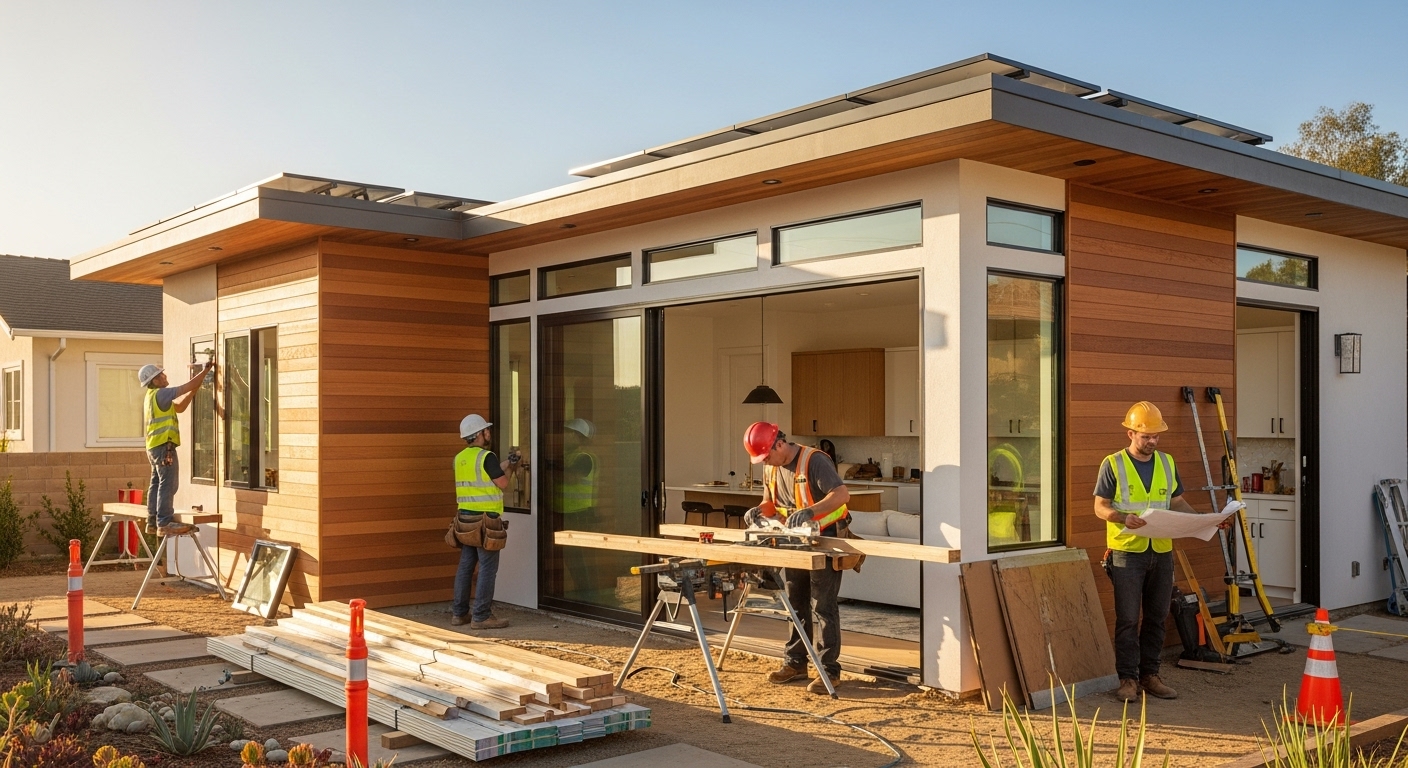India, the birthplace of Buddhism, continues to be a spiritual beacon for millions of followers around the world. Buddhist Festivals in India are not only religious observances but also cultural expressions that reflect the depth, diversity, and resilience of Buddhist heritage. From the full-moon festivities of Buddha Purnima to the masked dances of Hemis, these events bring together monks, pilgrims, and travelers in a shared spirit of devotion and joy.
Whether celebrated in the tranquil monasteries of Ladakh or the sacred grounds of Bodh Gaya, each festival offers a unique opportunity to witness the Dharma in action.
🛕 1. Buddha Purnima (Vesak) – The Triple Blessed Day
When: Full moon day in April or May
Where: Bodh Gaya, Sarnath, Kushinagar, Delhi, Dharamshala
Buddha Purnima, also known as Vesak or Buddha Jayanti, is the most important Buddhist festival. It commemorates the birth, enlightenment (nirvana), and death (parinirvana) of Gautama Buddha—all believed to have occurred on the same day.
Celebrations:
- Devotees visit temples and offer flowers, incense, and lamps.
- Monks chant sutras and deliver sermons on the Buddha’s teachings.
- Processions, meditation sessions, and acts of charity are common.
- In Bodh Gaya, the Mahabodhi Temple is illuminated, and thousands gather under the Bodhi Tree for prayers.
This festival is a powerful reminder of the Buddha’s journey and his message of compassion and wisdom.
🏔️ 2. Hemis Festival – The Masked Dance of Ladakh
When: June or July (10th day of the Tibetan lunar month)
Where: Hemis Monastery, Ladakh
Held in honor of Guru Padmasambhava (Guru Rinpoche), the Hemis Festival is one of the most colorful and dramatic Buddhist festivals in India.
Highlights:
- Cham dances (masked dances) performed by monks in elaborate costumes.
- Rituals to ward off evil and invoke blessings.
- Display of the monastery’s sacred thangka (religious painting) every 12 years.
- Local markets, music, and traditional food stalls.
Set against the stark beauty of Ladakh, Hemis is a visual and spiritual spectacle that draws both pilgrims and tourists.
🏞️ 3. Losar – Tibetan New Year
When: February or March (first day of the Tibetan lunar calendar)
Where: Dharamshala, Tawang, Ladakh, Sikkim
Losar marks the Tibetan New Year and is celebrated with great enthusiasm in Himalayan Buddhist communities.
Rituals and Traditions:
- Cleaning homes and monasteries to remove negativity.
- Offering prayers and butter lamps for peace and prosperity.
- Cham dances, fire rituals, and traditional music.
- Preparation of special dishes like khapse (fried cookies) and thukpa (noodle soup).
Losar is not just a new year celebration—it’s a spiritual reset that emphasizes purification, renewal, and gratitude.
🧘♂️ 4. Asalha Puja (Dhamma Day)
When: July (full moon day of the Ashadha month)
Where: Sarnath, Bodh Gaya, and Theravāda centers
Asalha Puja, also known as Dhamma Day, commemorates the Buddha’s first sermon at Sarnath, where he taught the Four Noble Truths and the Eightfold Path.
Observances:
- Monks recite the Dhammacakkappavattana Sutta (Turning the Wheel of Dharma).
- Lay followers engage in meditation and listen to discourses.
- Acts of generosity and offerings to the Sangha are encouraged.
This festival marks the beginning of the monastic rains retreat (Vassa), a time of deep reflection and study.
🛕 5. Ullambana – The Festival of Ancestors
When: August or September (15th day of the 7th lunar month)
Where: Bodh Gaya, Sikkim, and Mahāyāna centers
Ullambana, also known as the Ghost Festival, is rooted in the story of Maudgalyayana, a disciple of the Buddha who sought to relieve his mother’s suffering in the afterlife.
Rituals:
- Offerings of food, incense, and prayers for ancestors.
- Monks perform special rituals to help wandering spirits attain peace.
- Acts of charity and merit-making are emphasized.
This festival reflects the Buddhist values of filial piety, compassion, and intergenerational connection.
🏯 6. Kathina – The Robe Offering Ceremony
When: October or November (end of Vassa retreat)
Where: Bodh Gaya, Sarnath, and Theravāda monasteries
Kathina is a significant Theravāda Buddhist festival that marks the end of the three-month monastic rains retreat.
Key Features:
- Lay devotees offer new robes and requisites to monks.
- Ceremonial processions and communal meals.
- Merit-making activities and community service.
Kathina strengthens the bond between the monastic and lay communities, emphasizing generosity and gratitude.
🏞️ 7. Nyingma Monlam Chenmo – The Great Prayer Festival
When: January or February
Where: Bodh Gaya
Organized by the Nyingma school of Tibetan Buddhism, this festival is a massive prayer gathering for world peace and harmony.
Highlights:
- Thousands of monks and nuns gather for collective chanting.
- Teachings and empowerments by senior lamas.
- Butter lamp offerings and mandala rituals.
- Open to all, including international practitioners.
Monlam Chenmo is a deeply meditative and inclusive event that showcases the global spirit of Buddhism.
🧘♀️ 8. Buddha Mahotsav – Cultural Celebration in Arunachal Pradesh
When: March or April
Where: Tawang and Itanagar
Buddha Mahotsav is a cultural and spiritual festival that celebrates the teachings of the Buddha through art, music, and community events.
Activities:
- Folk dances, thangka exhibitions, and Buddhist film screenings.
- Interfaith dialogues and youth programs.
- Pilgrimages to Tawang Monastery and other sacred sites.
This festival bridges tradition and modernity, making Buddhist values accessible to younger generations.
🧭 Regional Buddhist Festivals Worth Exploring
- Saga Dawa (Sikkim): Celebrates Buddha’s birth, enlightenment, and death with processions and lamp offerings.
- Pang Lhabsol (Sikkim): Honors Mount Kanchenjunga and the guardian deities.
- Ganden Ngamchoe (Ladakh): Commemorates the death anniversary of Tsongkhapa, founder of the Gelug school.
These regional festivals reflect the diversity of Buddhist traditions across India’s Himalayan belt.
📅 Buddhist Festival Calendar Snapshot
| Festival | Month (Gregorian) | Key Locations |
| Buddha Purnima | April–May | Bodh Gaya, Sarnath |
| Hemis Festival | June–July | Hemis Monastery, Ladakh |
| Losar | Feb–March | Dharamshala, Tawang |
| Asalha Puja | July | Sarnath, Bodh Gaya |
| Ullambana | Aug–Sept | Bodh Gaya, Sikkim |
| Kathina | Oct–Nov | Theravāda centers |
| Monlam Chenmo | Jan–Feb | Bodh Gaya |
| Buddha Mahotsav | March–April | Tawang, Itanagar |
🌱 Why Buddhist Festivals Matter
- Spiritual Renewal: They offer time for reflection, meditation, and recommitment to the path.
- Cultural Preservation: Festivals keep ancient rituals, dances, and art forms alive.
- Community Building: They foster unity among monastics, laypeople, and global visitors.
- Tourism and Economy: These events support local economies and promote cultural tourism.
🧳 Final Thoughts: Celebrating the Dharma in India
Buddhist Festivals in India are more than commemorations—they are living expressions of a timeless path. Whether you’re lighting a butter lamp in Bodh Gaya or watching masked dances in Ladakh, these festivals invite you to pause, reflect, and reconnect with the values of compassion, mindfulness, and peace.
As the chants echo through ancient monasteries and the scent of incense fills the air, you’ll find that these celebrations are not just about the past—they’re about awakening in the present.






